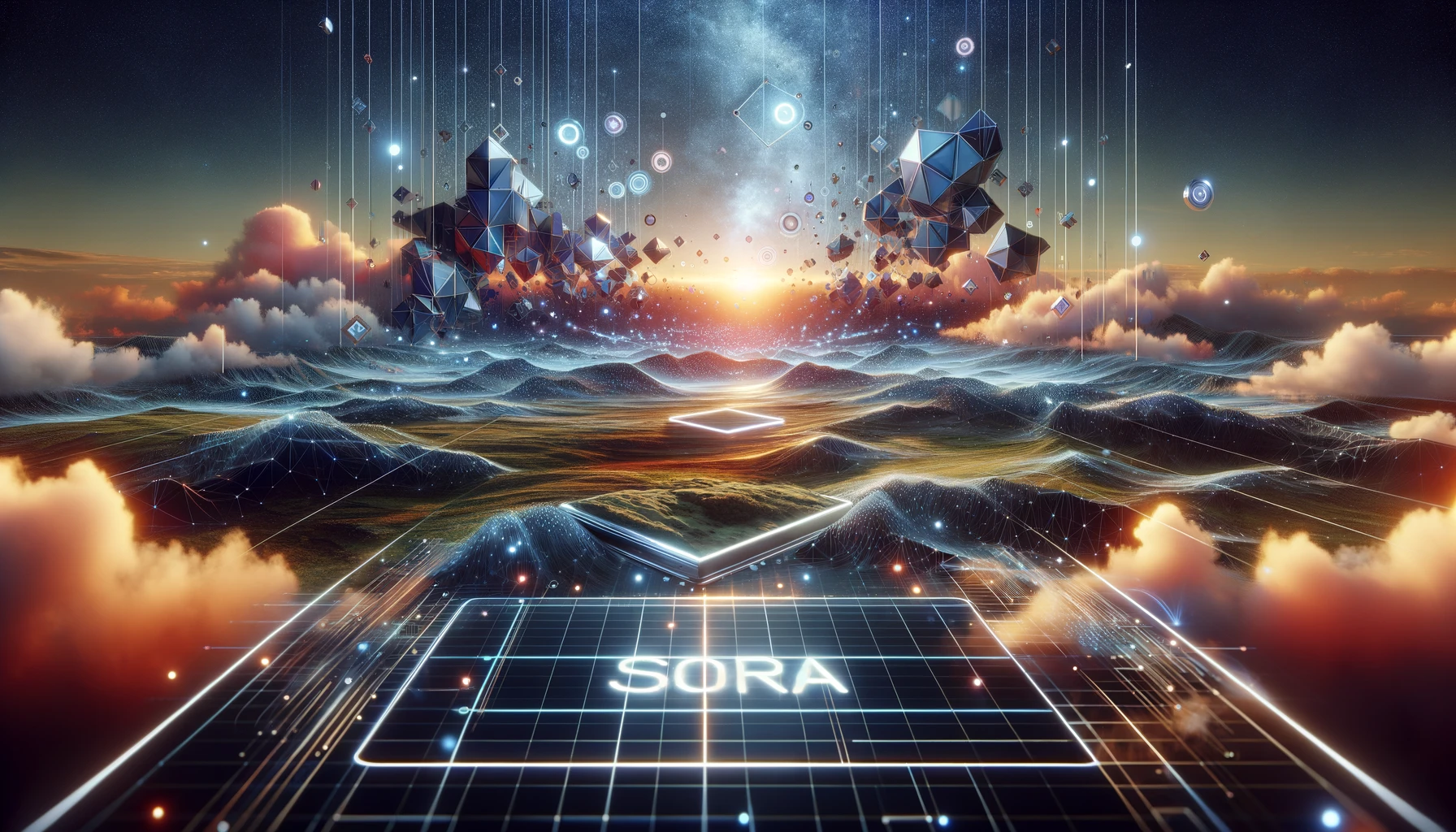Key Points
1. The paper introduces the Sora model for video generation and discusses the need for established metrics to evaluate its fidelity to real-world physics quantitatively.
2. The Sora model is compared to other methods in the field, showcasing its significant advantage in terms of geometry consistency.
3. The paper discusses the evolution of video generation technology, highlighting advancements in diffusion models and the introduction of the Sora model as a significant advancement.
4. The paper presents a benchmark for evaluating the quality of video generation based on the 3D reconstruction of the generated videos and introduces metrics for assessing the fidelity of the AI-generated videos.
5. The quality of 3D object reconstructions from the videos generated by Sora is used as a metric to quantify their alignment with physical principles in the context of geometry.
6. The paper presents the process of 3D reconstruction and the metrics used in the benchmark, such as SFM, MVS, and geometric reprojection error.
7. It describes experimental methods, including the use of SIFT for sparse matching and SGBM for dense matching, and the visualizations of the 3D reconstruction and matching results.
8. The paper introduces fidelity and sustained stability metrics to assess the quality and consistency of the generated videos, showing that Sora produces videos with the highest geometrical consistency.
9. The paper concludes by emphasizing the need for more precise and holistic assessment tools for video generation tasks and acknowledging the importance of considering additional physics-based metrics for future explorations.
Summary
The paper discusses the advancements in text-to-video synthesis and the challenges of maintaining spatial and temporal coherence in generated videos. It introduces the Sora model and highlights its exceptional performance in producing videos with pronounced realism and consistent content along spatial and temporal vectors. The paper delves into utilizing the quality of 3D object reconstructions derived from Sora's generated videos as a metric to quantitatively evaluate their alignment with physical principles in the context of geometry, showcasing the advantages of the Sora model over strong baselines.
The emerging field of text-to-video synthesis is identified as a novel frontier for the application of generative models, and the Sora model’s performance indicates significant strides in technology, reaffirming the importance of continued innovation in generative models. The paper then describes the methodology for utilizing 3D reconstruction metrics for examining geometric properties and presents results indicating the superior performance of the Sora model in maintaining physical and geometric stability, as well as in producing clear and detailed 3D reconstructions.
Finally, it emphasizes the need for more precise and holistic assessment tools for video generation tasks and discusses the potential application of additional physics-based metrics for evaluating the quality of generated videos.
Reference: https://arxiv.org/abs/2402.174...
